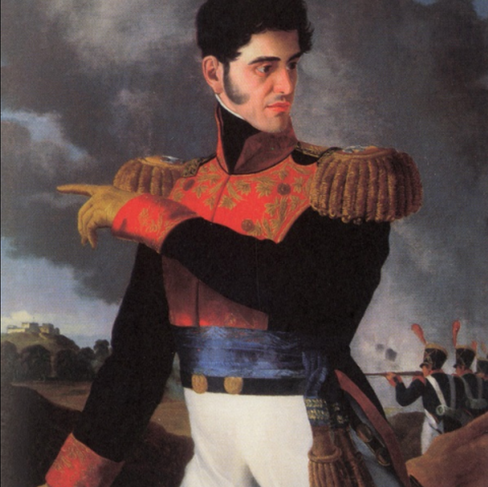Fun Facts about Mexico's Independence
- ISA

- Sep 13, 2023
- 2 min read
The echoes of this jubilant cry reverberate through the streets of Mexico every 16th of September as the nation commemorates its independence. Mexico's Independence Day isn't just a date on the calendar; it's a celebration of resilience, unity, and the indomitable spirit of a nation that fought for its freedom. While many associate this day with parades, fireworks, and festive gatherings, there's much more to the story than meets the eye. In this blog post, we're diving deeper into the historical roots and uncovering five fascinating facts that make Mexico's Independence Day an occasion worth celebrating with even greater admiration.
1) Uncertainty in Spain was the seed that blossomed into our independence.
It all began when Joseph Bonaparte, Napoleon's brother, and Prince Ferdinand VII, son of King Charles IV of Spain, allied to force King Charles IV to cede his throne to Prince Ferdinand. But when he did, Joseph Bonaparte betrayed him! With Napoleon's army supporting him, Joseph attempted to take power in Spain. This created uncertainty about who was ruling them. The uncertainty didn't end in Spain; it reached New Spain (Mexico) and triggered our independence.

2) The First in the West to Abolish Slavery
The Constitution of Cádiz in 1812 not only established Spain as a monarchy but also marked the first abolition of slavery. Thanks to it, indigenous peoples were granted all political rights for the first time. What is not often appreciated is that while many countries had to go through heavy civil wars, Mexico did not.

3) José de Iturbide, the Key
Did you know that we almost lost the war? If it weren't for José de Iturbide, who knows how things would be right now. Fernando VII didn't want to lose his empires, so he sent reinforcements to New Spain. José de Iturbide was a Spanish military man who switched sides and was the key to us winning our independence. He and Vicente Guerrero led the triumphant entry into Mexico City.

4) Heroines of Independence
Women played several very important roles in our Independence. Last year we mentioned 'las Soldaderas,' but this year, we will highlight Leona Vicario. She was crucial because she not only sent clothes, medicine, weapons, but most importantly, reports. She carried a mobile printing press with which she sent reports that were published in 'El Ilustrador Americano.' She arrived at the front lines of the battle and continued to share what she saw.
5) Spain did not surrender
Spain did not recognize Mexico's independence for 15 years. In 1829, they sent expeditions to reconquer Mexican territory. General Antonio Lopez de Santa Anna led the Battle of Tampico, which they won. In 1836, Spain and Mexico signed a peace treaty where they finally recognized Mexico's independence.











Comments